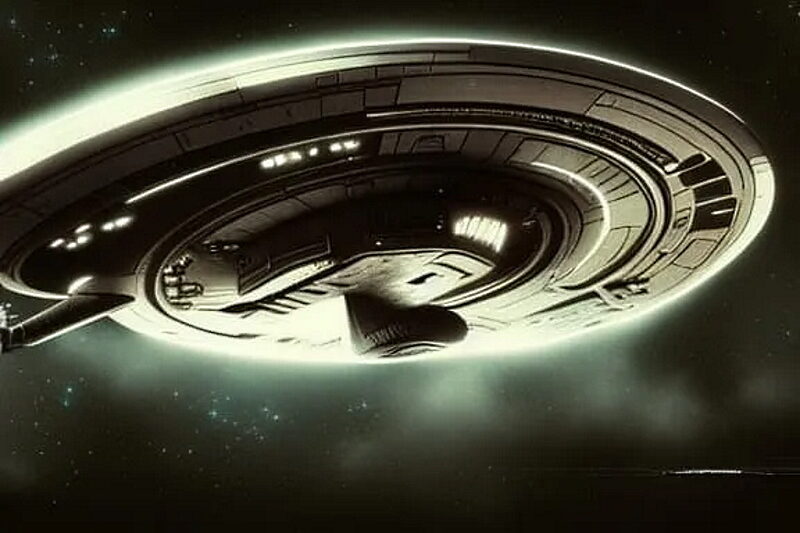
Small parts of this genetic code can be responsible for large changes in cellular development and there are large parts of the code that we don't really know what it does.
This huge string of code is also a bit different to say reading a book, one word following the other until you get the the end - a linear progression. The genome consists of multiple layers of linear code that contain overlaps, loops and branches. And as much as I hate to use machine language to describe biology, it does seem that this genetic code is similar to computer language that has both linear and non-linear characteristics. There are encoded feedback loops - genes regulating genes that further regulate other genes, in real time in response to environmental conditions. It is a code that can rewrite portions of itself depending on various factors. (Others have compared DNA with a hard drive full of code and the RNA and protein molecules, and their interactions, as the active RAM of the cell.)
If it were a computer code we'd call it artificial intelligence of a very complex design rather than a random chance collection of computer characters. This multi-dimensional, dynamic and self-regulating genome is contained in a package smaller than any visible speck of dust. From this very tiny package comes the incredible capacity to direct cells into a multitude of forms and functions. The capacity of young neurons to migrate to just the right spot in the brain is amazing and the complexity of communication between cells is mind blowing. Sorry I realise these statements are not very satisfactory but I don't have the scope to go into what is amazing and mind blowing just now - but I'd love to look at these things a bit further down the track and amaze you and blow your mind!
The Darwinian perspective on all this complexity is that it must have started from a very simple genome and after a long (a very long) series of mutations (errors in replication) and natural selection (most adaptable mutations survive and reproduce). In other words, errors in the genome add some benefit to the organism (and presumably more complexity) and the organism with such mutations reproduce more than the non-mutated version. I don't think I need to tease this out too much because this is what we have all been taught in school biology. Remember the tree of life diagram with a single cell organism at the base of the tree and as the tree goes up and branches out the animals become more complex with man somewhere at the top? But is this the truth? As I outlined in the previous post - did a collection of free floating amino acids come together to form a primitive strand of DNA or RNA, and somehow get encapsulated into a membrane and somehow form the 'machinery' required to replicate and sustain it's form?
To get a feel for what 'machinery' is required to replicate, check out this short video illustration of the replisome required for replication
And if that isn't complex enough for you, check out the function of the kinetochore (half way though this video):
These sorts of mechanisms are common to all cellular life, and I don't know about you, but it seems highly improbably that this could have randomly come together in a 'primordial soup' with some zaps from lightening. But I have many highly intelligent colleagues who believe exactly that - even knowing the complexity, better than I, of cellular life (thus the name of this series).
There are many metaphorical illustrations trying to put the Darwinian idea into something we can easily grasp. A variation of such metaphors would be imagining a construction manual for a very simple toy car that is not just showing you what components fit with what components but instructions about sourcing the raw materials needed to create the rubber, plastic and metal parts, how to fabricate them into the required shapes, and then how to assemble. Even for a simple metal bodied, 2-axle/4-wheeled kids toy it would be a lot of words. Now say the manual is reproduced by hand, the scribe has no idea about building a toy car but just copies each letter from the original to the new, one by one - no checking context and no spell checking. Occasionally the scribe makes a mistake, he might add a letter where there was no letter originally, or a word might be misspelled or inadvertently replaced with a few other words (say the scribe had been drinking and it was late at night).
Now most of the errors in the new version wouldn't cause much of a problem, you could still follow the manual and build the toy car. But somewhere along the line an error was made that actually improved the toy car - a word was inadvertently added that improved the smelting of the metal required to form the car body and wheels. This manual now becomes the new standard from which other manuals are copied. And further down the track there was a copy that contained errors that somehow suggested that a gear on the axle was an improvement and this became the new standard. Somehow more errors over a very long time produced a series of gears and a spring and a primitive mechanism for propelling the toy forwards (remember the scribe knows nothing about such technology and is only looking at one letter at a time and doing his best to replicate it - there's no intelligence involved here).
After a very long time of new standard toy car manuals we arrive at the manual for the construction of the Starship Enterprise (as well as many other offshoot manuals that went onto describe all manner of functional machines), including the sourcing of raw materials, manufacture of parts, assembly, computer coding, all the technology involved.
I don't believe this is hyperbole - the incredible complexity of the human body is probably more complex than the Starship Enterprise (except maybe the matter/antimatter warp drive, although it could turn out to be a rather simple manipulation of matter). Just look at protein folding for example - we have to employ the latest AI to work out what is happening in this very basic phenomenon of organic life.
To go from a simple metal toy car to even say a modern fighter jet, randomly, without any intelligent design, just a selection of the most capable product as a result of a bunch of mistakes, requires a lot of faith in the primary axiom to which Darwinian evolution rests.
That's probably enough to ponder for now and to elicit some lively commentary! We will get into more of the detail about mutations in the next installment.
Winston Smith is trying to understand and avoid mass psychosis. Musing about freedom, health, psychology, spirituality, and the nature of things. Suffers from totalitariophobia (fear of oppression), extremely curious, and works for The Ministry of Truth.





We don't know what the first life on Earth looks like because the crust of the earth is A: Moving and and b: Not only getting recycled in the mantle of the planet, but also battered by lighting, wind, water and human resource hunting. And C: we're talking about something, very, very tiny thing on a very, very big thing.
I don't think life started off with all the data preinstalled, I think it was slowly added in over a very long time and that all traces of this process have been lost the forces of erosion.